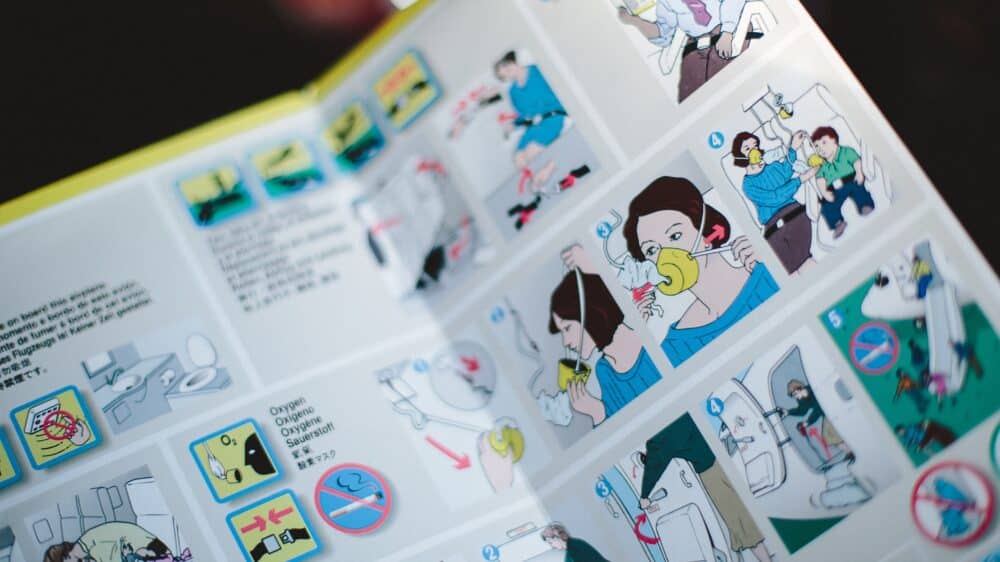Here are the current recommendations for managing young children’s relationship with screens in order to specifically protect their sleep:
|
0 screen time or as little as possible, not too long and not too close to the eyes. |
|
| 0 to 2 years old | The light emitted by screens (too often, too long, too close to the eyes) can impair vision development at this age, and potentially sleep.
Knowing that this light affects the eyes and the biological clock, we recommend avoiding screens, or even avoiding contact with this type of technological device altogether. For example, being mindful not to have the television on constantly in the house and not constantly looking at your phone screen when you have a child in your arms. Screens are a part of our lives and often serve as a means to stay connected. It is during these moments that the principle of “not too close to the eyes, not too long, and not too often” can be useful in finding a balance that allows you to communicate with distant family members calmly, for example. |
|
0 screen time or less than one hour per day |
|
| 2 to 5 years old | It is recommended not to exceed one hour per day and to disconnect at least one hour before going to bedin the evening.
All forms and types of screens (e.g., tablet, cellphone, television, etc.) are included in this time. It is also suggested:
|
Following the recommendations issued for children over 2 years old, here is a scenario/example that could represent a typical day:
Throughout the day, a child’s total screen time could be divided into blocks of approximately 10 to 30 minutes, depending on the duration of episodes or game sessions, for example:
- Watch an educational episode in the morning on the television;
- Play an educational game on the tablet in the afternoon (ideally after naptime to avoid disrupting daytime sleep);
- In the evening, cuddle on the couch and watch a funny cartoon on the television
All while keeping in mind the importance of disconnecting at least one hour before bedtime to ensure a smooth transition into sleep and maintain good sleep quality.
What if having a routine or at least a “game plan” was one of the keys to success?
Just as it’s a good idea to establish a sleep routine to encourage sleep, it’s also a good idea for families to establish predictable, age-appropriate rules for managing screen use.
Indeed, studies show that when small daily interventions in screen time management are implemented in families, improvements are observed in the quality and quantity of children’s sleep. It would seem that one change leads to another; it’s the sum of each little intervention that adds up and that seems to be the key to the success of the screens + sleep combination.
Here’s a game plan with a list of healthy screen-time management and sleep hygiene habits to keep in mind to help you set your family rules:
- Know and try to respect the recommended screen time, i.e. between 0-1h per day.
- Avoid using any form of screen (TV, computer/game console, cell phone or tablet) at least one hour before bedtime.
- Participate in viewing and/or suggest age-appropriate content, so as not to disturb the child’s nights with nightmares.
- Ban screens from the child’s bedroom or bed. To promote sleep, the bedroom must remain a safe place dedicated to sleep.
- Know and try to respect the recommendations for physical activity according to age. A sedentary lifestyle and lack of physical activity are detrimental to sleep. Moreover, screen time should not encroach on active time, so as not to interfere with sleep.
- Replace screen time in the evening with quiet games, such as coloring, listening to a podcast, doing a puzzle or reading a book.
- Use television instead of light sources close to the eyes, such as cell phones or tablets.
- Set an example by respecting your family’s rules.
To find out more, read, “Sleep and screens: what questions to ask to avoid the negative effects of screen time“.










